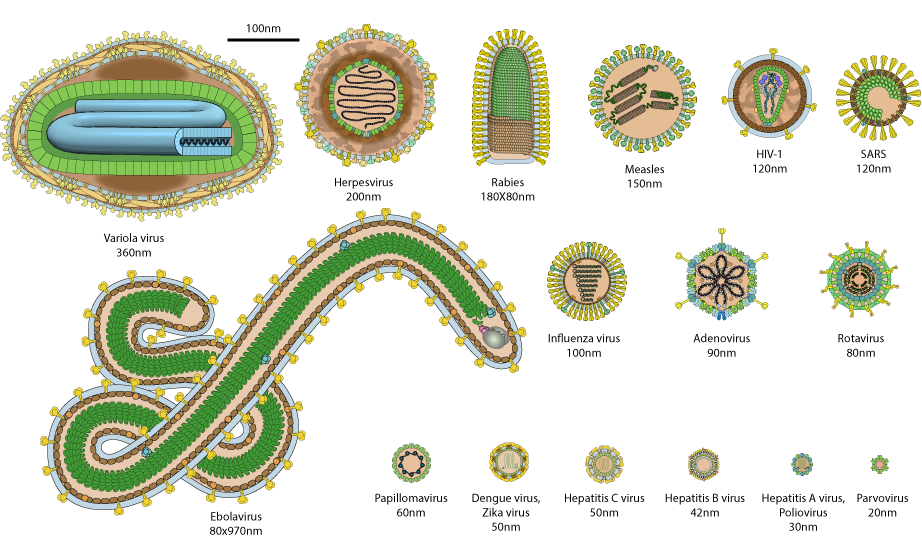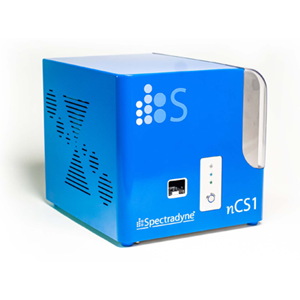We've used the ARC to quantitatively measure the fluorescent labeling of adenovirus, using the ARCTM particle analyzer. These measurements were performed in a complex heterogenous sample, as described below.
The figure shows simultaneous particle sizing using MRPS and quantitative measurements of fluorescence, measurements made of EVs and adenovirus both together and in isolation. These data, which are discussed in more detail in this application note, demonstrate that the ARC quantitatively measures nanoparticle size, concentration, and internal payload fluorescence for virus and nanomedicine applications, and accurately analyzes fluorescent subpopulations, even in complex, heterogeneous samples.
Conventional methods for quantifying virus such as live biological titer can take days to return results. The modern fast pace of research and current examples such as COVID-19 necessitate faster measurements. Researchers in many areas of virus research including basic virology, gene therapy, and epidemiology are looking for more modern approaches for measuring virus.
Spectradyne's nCS1TM and the fluorescent-detecting ARCTM deliver accurate viral particle counts in just a few minutes using microfluidic resistive pulse sensing (MRPSTM), which in the ARC is coupling with particle-by-particle fluorescence detection. The technology is fast, easy to adopt and employs disposable microfluidic cartridges for analysis — and it only requires a few microliters of your precious sample for analysis.
nCS1TM key features for virus quantification:
Virus come in a large range of different sizes and shapes. Some, such as the hepatitis and parvovirus, are roughly spherical and less than 50nm in diameter; some, such as the virus that causes Ebola, are long flexible cylinders with lengths as large as 1 μm; and some are spherical and of intermediate sizes, in the range of 75-300 nm in diameter.
In the figure below, we display a chart showing the size and shape of a range of different virus (chart obtained from Expasy).

Spectradyne's nCS1TM can measure particles such as virus down to diameters less than 50nm and up to 10 μm in diameter. Contact us today if you're interested in finding out more.

For measuring the infectivity of viruses, testing the immunogenicity of different viral preparations, and almost any down-stream analysis, accurate virus concentration measurements are critical for performing well-controlled experiments.
A retroviral drug product was serially diluted and the concentration measured as a function of size showing the excellent concentration linearity of the nCS1TM:
More and more researchers are choosing the nCS1TM for virus quantification because it is fast and easy to use and delivers a more accurate analysis of their virus samples than they can obtain using any other method.
Here's a list of documents you might be interested in reading or viewing:
Accurate and high-resolution particle concentration measurements enable direct quantification of the purity of virus preparations. Because the nCS1TM measures all types of particles in the sample, it can be used to quantify impurities and other non-viral particles in a given preparation.
The figure below shows measurements of a virus preparation at progressive stages of purification. Clearly purification step 2 significantly enriches for the target virus, as evidenced by the peak in the size distribution.
Customers use the nCS1TM to characterize a broad variety of viruses, including:
Your virus not in this list? Email us to learn more or Send us a sample!
Spectradyne's nCS1TM delivers the most accurate concentration and size measurements of virus available in a practical bench top solution. The nCS1TM is fast and easy to use, and requires only 3 microliters of your sample to help you do better viral science. Contact us today for a free sample measurement or to request a demonstration!